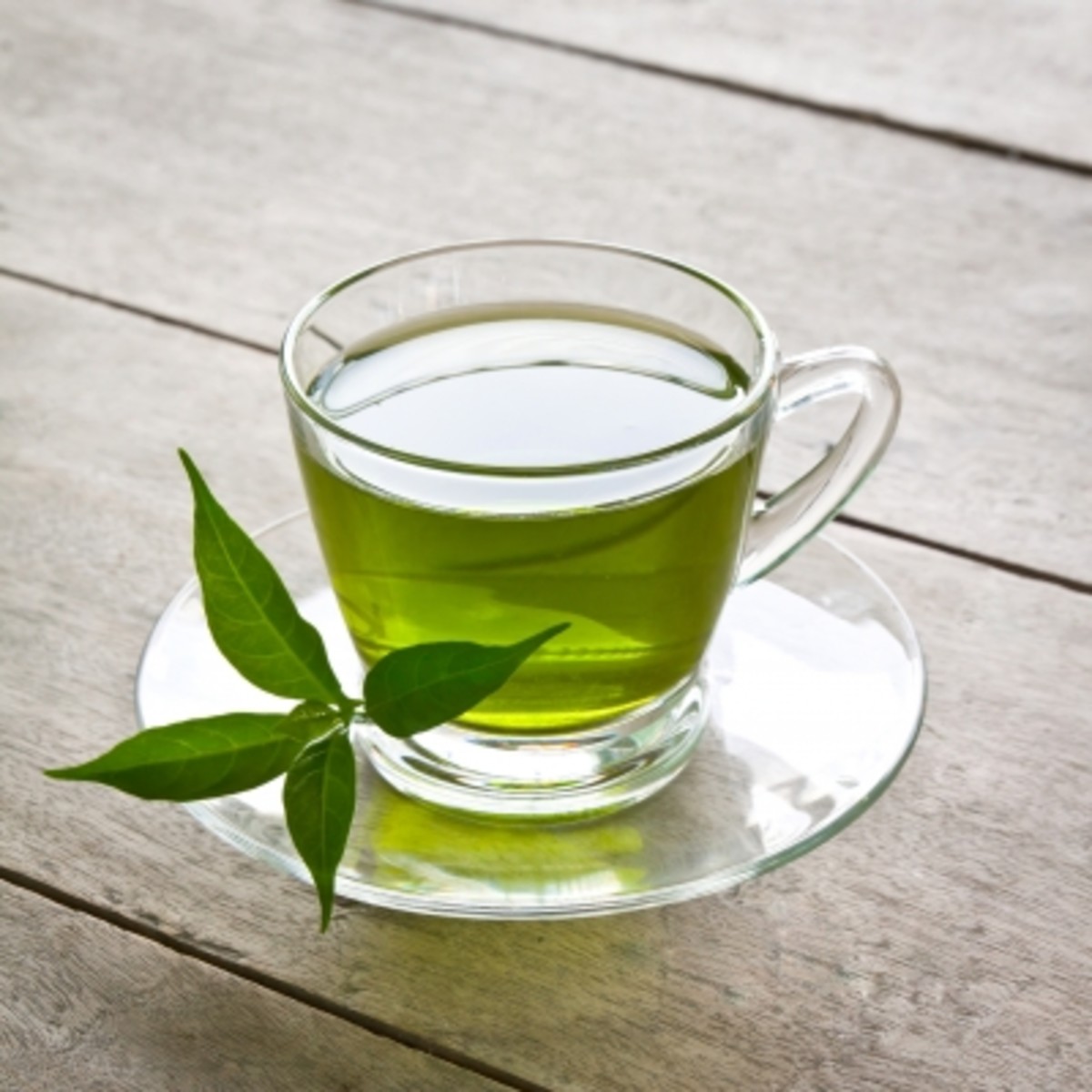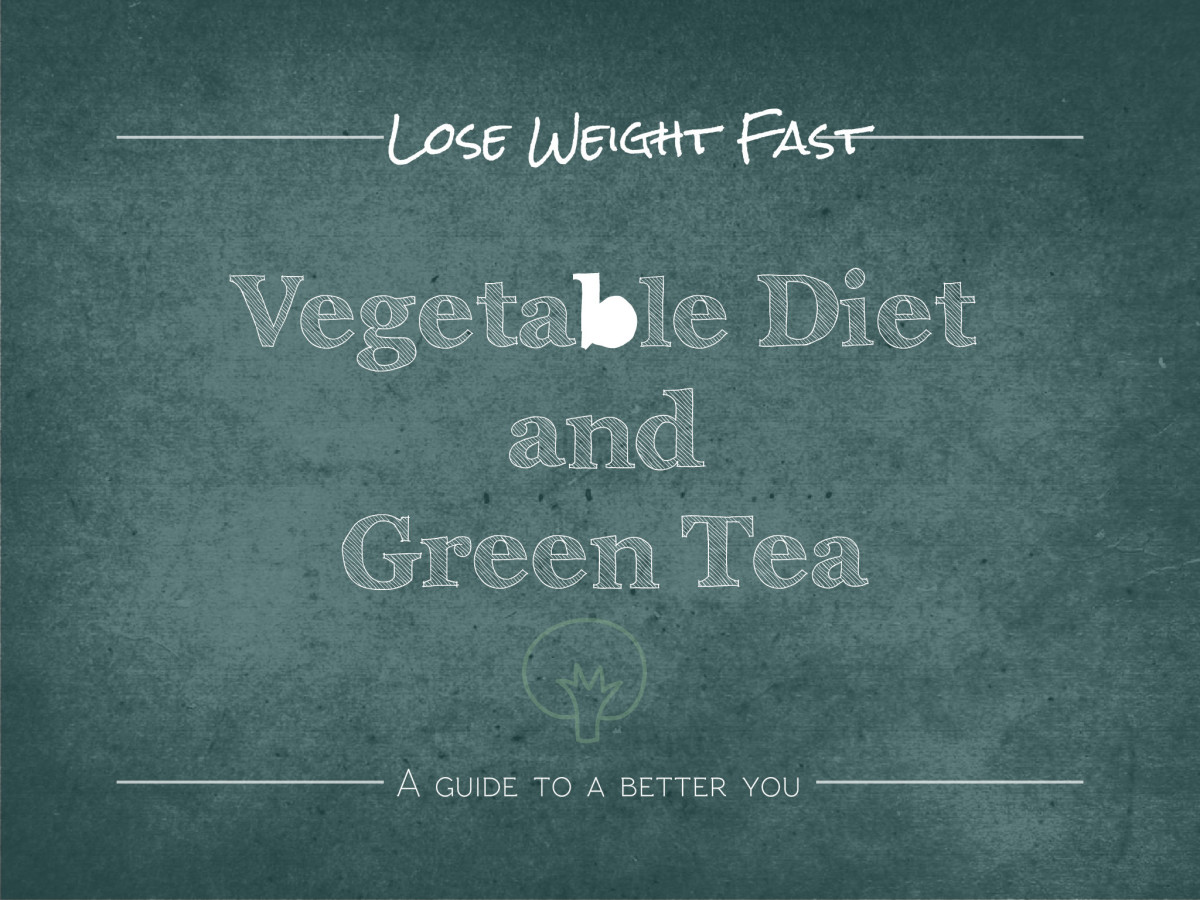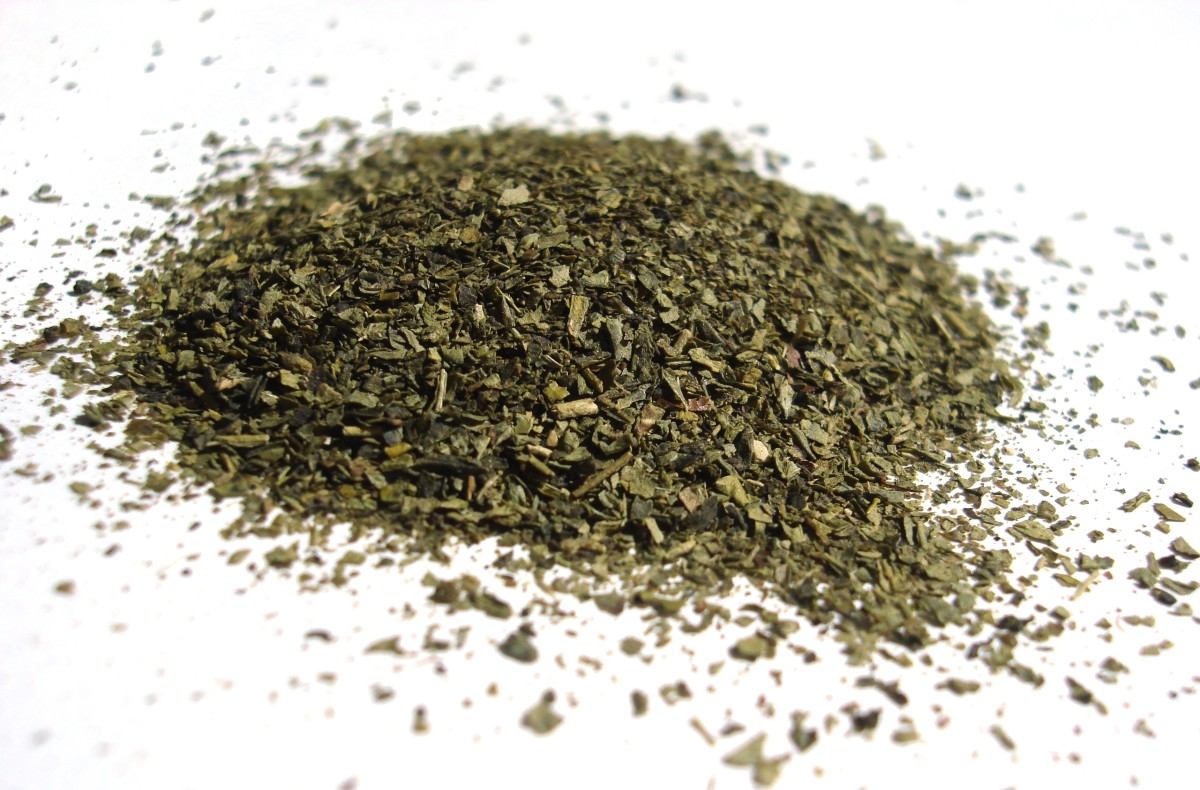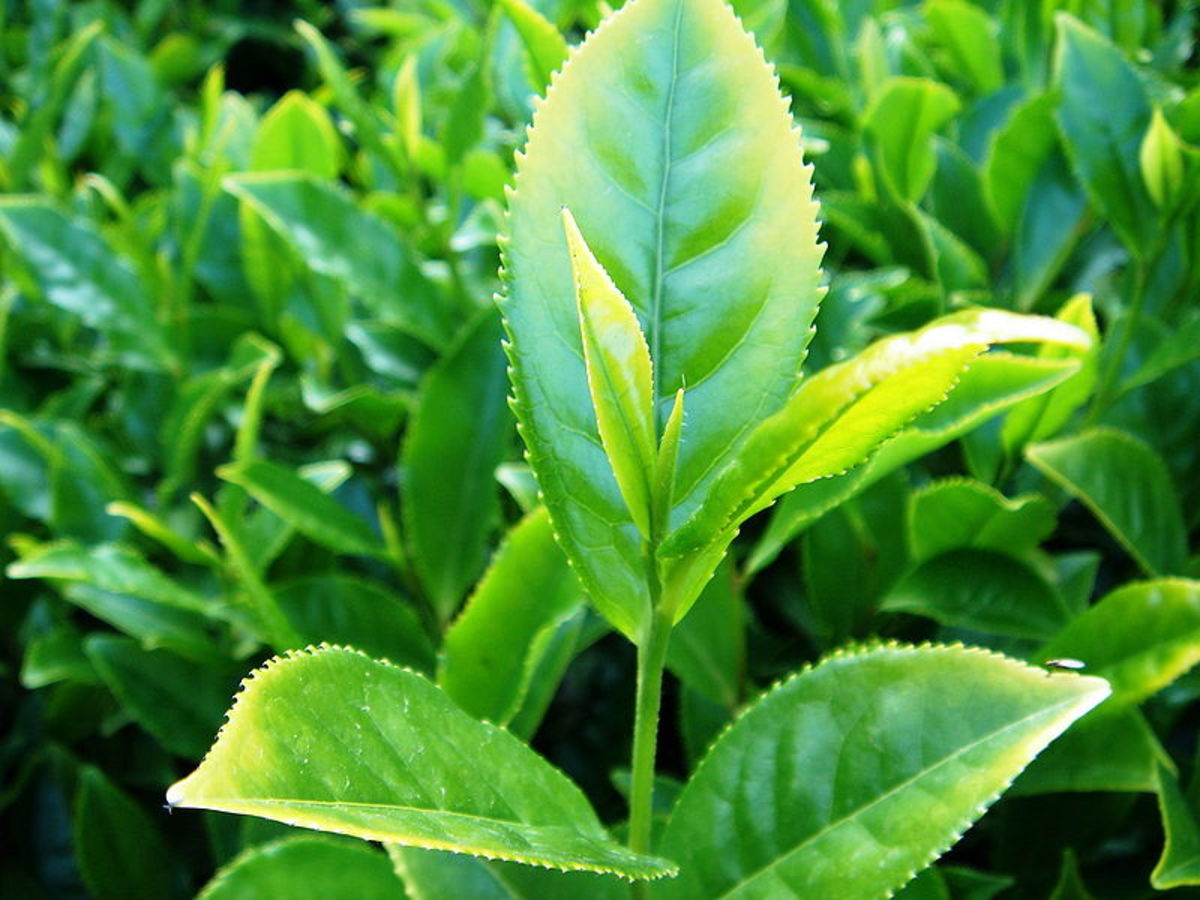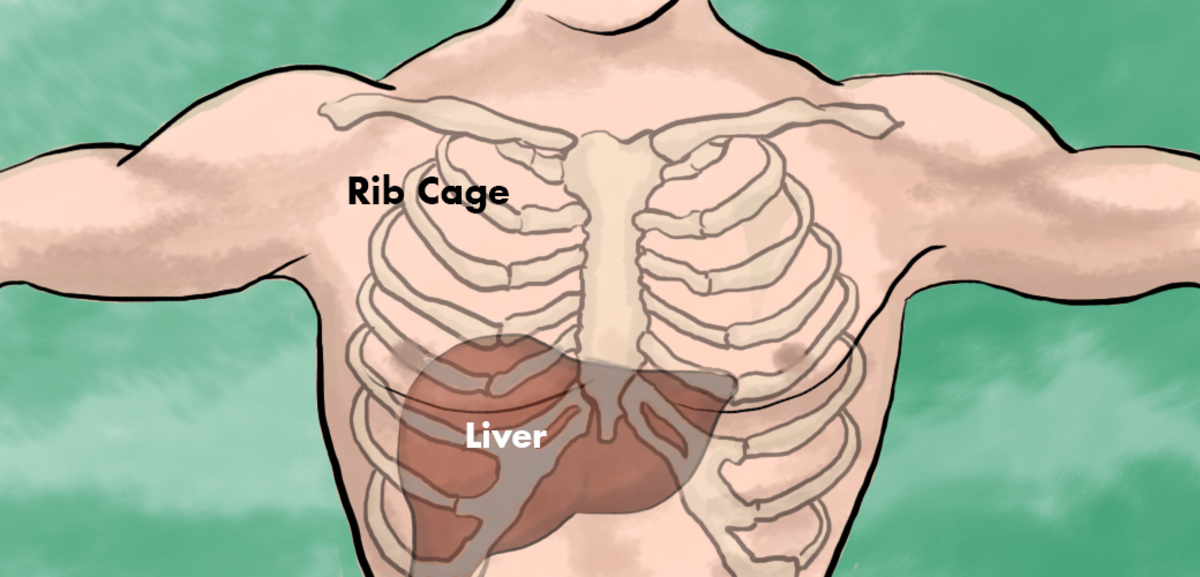Health Benefits of Green Tea: Skin, Weight loss, Energy, Metabolism
What is Green Tea?
Green tea is a camellia sinensis with minimal oxidation. It originates from China but is associated with Asia. It has now become a raw material for drinks, health foods, supplements, and cosmetic items. It benefits many people, showing evidence for reduction of certain types of cancer, and lowering heart disease. It does not induce immediate weight loss, but, green tea extract contains polyphenols and caffeine for fat oxidation. It can even boost your metabolic rate by 4%! Without even increasing heart rate. The flavonoids in green tea is higher than other health foods, such as fruits and veggies. Flavonoids are a group of phytochemicals in most plant products for health benefits such as anti-oxidative and anticarcinogenic functions. So lets learn more about our favorite tea!


History
Tea dates back to China 4,000 years ago. It was first brewed in 2737 BC during the reign of Emperor Shennong. Green tea has been used both as a beverage and as a medicine in most of Asia, including China, Japan, Thailand, and Vietnam. It has been used to help everything from controlling bleeding and helping heal wounds to regulating body temperature, blood sugar and promoting digestion. A book written in the Tang Dynasty of China is considered one of the most important in the history of green tea. The book was written by Lu Yu and is called the "Tea Classic" . It was written between 600 and 900 AD and spoke about exactly how and where one could enjoy a fine cup of green tea. The Kissa Yojoki written by Zen priest Eisai in 1191, describes how drinking green tea can have a positive effect on the five vital organs, especially the heart. The book discusses tea's beneficial qualities, which include easing the effects of alcohol, acting as a stimulant, curing blotchiness, quenching thirst, eliminating indigestion, curing beriberi disease, preventing fatigue, and improving urinary and brain functions. Part One also explains the shapes of tea plants, tea flowers, and tea leaves, and covers how to grow tea plants and process tea leaves. In Part Two, the book discusses the specific dosage and method required for individual physical ailments.
Steeping, or brewing, is the process of making a cup of tea. Usually, two grams of tea per 100 ml of water, or about one teaspoon of green tea per five-ounce cup, should be used. However, high-quality teas, such as gyokuro, require more than this amount of leaf, and is usually steeped multiple times for small amounts of time. Steeping time and temperature for green tea varies with different tea. The hottest steeping temperature is 178 to 189 degrees Fahrenheit. The coolest brewing temperature is 142 to 156 degrees Fahrenheit, the shortest time is 30 seconds. Lower-quality tea steeped hotter and longer, higher-quality teas are steeped cooler and shorter. Steeping green tea too hot or for too long will result in a bitter brew, regardless initial quality, because of the release of an excessive amount of tannins. High-quality green teas can be and usually are steeped multiple times; two or three steepings is typical. The steeping technique also plays a very important role in avoiding the tea developing an overcooked taste. The container in which the tea is steeped, a teapot, should also be warmed beforehand so that the tea does not immediately cool down. It is common for a tea leaf to be left in a cup or pot and for hot water to be poured in as the tea is being drunk until there is no more flavor.
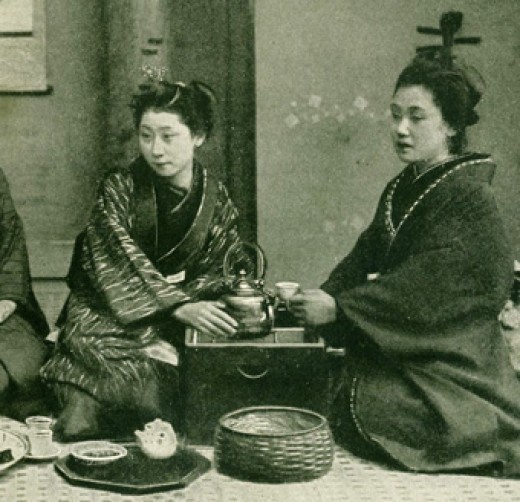

Production and Making
Green tea is processed and grown in different ways depending on the type of green tea desired. As a result maximum amounts of polyphenols and antioxidants are retained, giving maximum green tea benefits. Green tea can be grown in two basic ways, those grown in the sun and those grown under the shade. The green tea plants are grown in rows and are pruned to produce shoots and are harvested three times per year. The first flush late April to early May. The second harvest usually takes place from June through July. Next, third picking takes place in late July to early August. Sometimes, there will also be a fourth harvest. It is the first flush in spring that brings best-quality leaves, and therefore, higher prices. Green tea is processed using either artisanal or modern methods. Sun-drying, basket, charcoal firing, or pan-firing are common artisanal methods. Oven-drying, tumbling, or steaming are common modern methods. Processed green tea, "aracha," is stored under low humidity refrigeration. This aracha is not refined at this stage, a final firing take place before blending, selection, and packaging. The leaves are re-fired throughout year to give green tea a longer shelf-life and better flavor. The first flush tea of May will readily store in this fashion until the next year's harvest. After this re-drying process, each tea will be sifted and graded according to size. Each lot will then be blended according to the blend ordered by the tasters and packed for sale.
Green tea production and export (in thousands of metric tons)
Country
| Production
| Export
|
|---|---|---|
China
| 782.4 (80.8%)
| 218.7 (83.0%)
|
Japan
| 91.8 (9.5%)
| 1.6 (0.6%)
|
Vietnam
| 66.0 (6.8%)
| 26.0 (9.9%)
|
Indonesia
| 20.0 (2.1%)
| 9.1 (3.5%)
|
World
| 968.1 (100%)
| 263.5 (100%)
|
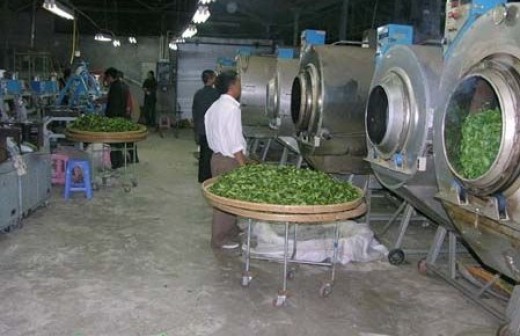


Benefits
Everyone knows that Green Tea is very good for them, but why is it so good? How is it a magical worker, what in it really makes it superior to other teas? There are so many things it helps including Types of Cancer, Type 2 Diabetes, and weight loss. Green tea contains a variety of enzymes, carbohydrates, lipids, sterols, amino acids, related compounds, phytochemicals, and dietary minerals. Many claims of health benefits have been made based on chemical composition. Based on vitro and animal studies, the claims are promising but require further research. It does wonders for many problems people face today, let’s look more closely....
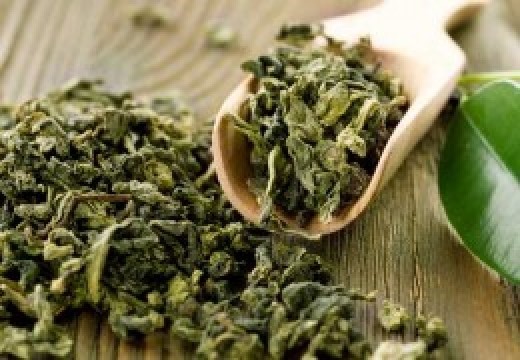

Cancer
A 2012 Systematic review prove that the fact that Green Tea van prevent Cancer is "inadequate and inconclusive." However, there is some evidence for reduction in certain types of cancer, such as, Breast Cancer, Prostate Cancer, Ovarian Cancer, and Endometrial Cancer. Tea contains polyphenol compounds, particularly catechins, all of which are antioxidants. Not many clinical trials of the consumption of tea have been conducted, as well as cancer preventation trials. On top of that many of the results have been inconclusive. Inconsistencies in the findings regarding tea and cancer risk may be due to the change in tea preparation, tea consumption, and the amounts that can be absorbed by the body, lifestyle differences, and individual genetic differences. It depends on many things so that no one is really sure. It has showed that it can prevent some cancer. However, we will have to wait and see if it makes a significant difference.

Weight Loss
Several controlled tests were made and concluded that green tea can reduce body fat by a small amount of time for a short time. It does not induce immediate weight loss, but, GT extract contains polyphenols and caffeine for fat oxidation. It may change your metabolism, however, it doesn't magically melt the pounds away.

Cardio- Vascular Disease
A number of studies have looked at possible links between green tea and cardiovascular disease. A study of 40,530 Japanese adults found that participants who drank more than five cups of green tea a day had a 26% lower risk of death from heart attack or stroke and a 16% lower risk of death from all causes than people who drank less than one cup of green tea a day. Another 2011 meta-analysis of 14 randomized, placebo-controlled clinical trials found that green tea significantly lowered LDL cholesterol and triglyceride levels. Many of the studies had been conducted with capsules containing catechins, the active polyphenols in green tea, rather than with the beverage itself.

Dementia
Studies show that green tea protects the brain from the formation of beta-amyloid plaque, and ultimately, prevent Alzheimer's. This is because a flavonoid in the tea called EGCG (epigallocatechin-3-gallate) binds to beta-amyloid proteins to prevent formations. While research has shown the effects of green tea on beta-amyloids, one of the greatest studies using a MRI machine, actually viewed its effect. Participants in the study were given either a green tea or a placebo beverage, and their brain activity was then monitored using an MRI machine. Those who received the green tea drink had a notable increase in brain activity, and researchers also found brain activity increased as more green tea was consumed.

Type 2 Diabetes
Diabetes is a complex disorder that, while it can be attributed to genetic reasons, depends primarily on lifestyle choices. An unbalanced diet high in sugar and nutritionally inferior processed foods (which are full of sugar) combined with a sedentary life are two of the most common factors leading to the development of Diabetes. Type II Diabetes is a disease in which the body becomes less efficient at absorbing and utilizing glucose. Type 1 diabetes is a disease that people are born with, while type 2 Diabetes is acquired. Green tea has an enzyme and can digest starches. This slows the rate at which sugar in starch is metabolized and released into the bloodstream. Green Tea also can relax the muscles of the stomach and intestines thus slowing down the physical movement of food. In this way calorie restriction or fasting is mimicked. Drinking green tea has also shown to prevent metabolism and absorption of triglycerides through the digestive tract. These are the fatty substances that accumulate as adipose tissue (unsightly fat), clog up arteries, and like cholesterol can react with oxygen in the bloodstream. Components of Green Tea act like fat grabbers, passing the undesirable fats through the digestive tract and out the colon.

Parkinson's Disease
Studies suggested green tea consumption be possible preventative and treatment for Parkinson's Disease. Green Tea contains polyphenols that can protect dopaminergic neurons from malfunctioning. Progressive loss of dopaminergic neurons is responsible for Parkinson’s Disease.
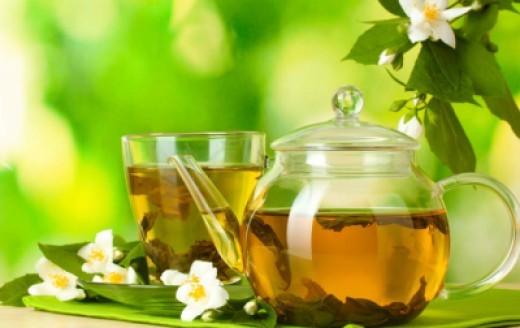

Disadvantages
Although there are many things that are good concerning Green Tea, there are also many bad things. These things include nausea and Palpitations, more simply, the feeling of your heart hurting. Consuming large amounts of Green Tea, mostly Green Tea extracts, cause oxidative stress (disturbance in the balance between the production of reactive oxygen species and antioxidant defenses) and liver toxicity.

Cancer
As mentioned above, green tea is the cure for cancer. There is evidence for reduction of certain types of cancer. Yet, green tea may interfere with the anti-cancer drug Bortezomib (Velcade) and other boronic acid-based proteasome inhibitors.

Damage DNA
Studies have found that certain catechins in green tea, taken at levels greater than what could be obtained from very high tea consumption, may actually damage DNA. These results are relevant only for those taking such amounts of the catechins in pharmaceutical formulations. Similar results from unnatural concentrations of other antioxidants including vitamin E and vitamin C have also been demonstrated in human trials.



Green tea during pregnancy
It is safe to drink green tea during pregnancy, in moderation. About one or two cups of green tea a day is ok. One study linked neural tube defects in babies, such as spina bifida, to women drinking a large amount of green tea at around the time of conception. Spina bifida is when the tube around the central nervous system, called the neural tube, does not close completely. The data for this study is very weak, so it is too soon to say that avoiding green tea during pregnancy will reduce the risk of neural tube defects, but more research is needed. Remember that green tea, like other teas, contains some caffeine, which should be limited in pregnancy. Although green tea is relatively low in caffeine, it would be unwise to drink large quantities of it during pregnancy.

Good or Bad?
Overall green tea is good for you. That goes to say don't go chugging down green tea by the bucket! It is good for you to drink 2-3 cups a day, not a gallon. Try to avoid it during pregnancy or try to have small amounts around the time of which you are due. Go have fun drinking this yummy drink!
Do you drink green tea?

Did You Like Learning about the Health Benefits of Green Tea? Then Check Out These Too...
The Health Benefits of Going to the Beach and Sea Water: Dandruff, Acne, and more...-
Help acne, skin smoothness, dandruff, brain strength, and more simply by throwing on a swim suit and driving to the shore.
Health Benefits of Coconut Oil: Hair, Skin, Weight Loss, Cholesterol, and More-
Coconut oil can help dry skin, damaged hair, weight loss, cholesterol, your brain, and your over all health. Includes Homemade Coconut Oil Moisturizer Recipe.
5 Skin Care Myths You Shouldn't Believe-
Everyday you are doing things that are bad for your future. Knowing these things can make you more beautiful, younger, and overall make you feel better about yourself with these simple and easy tricks

